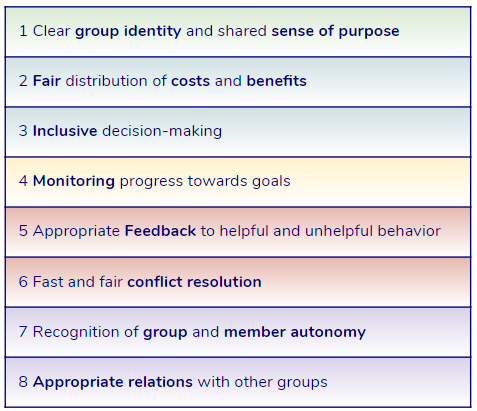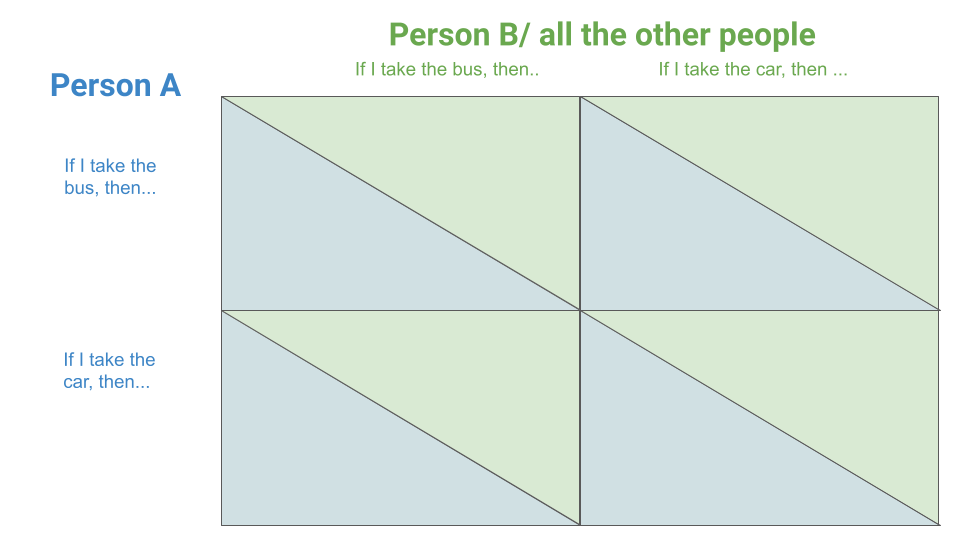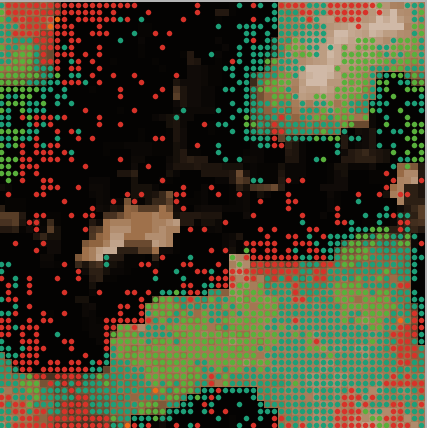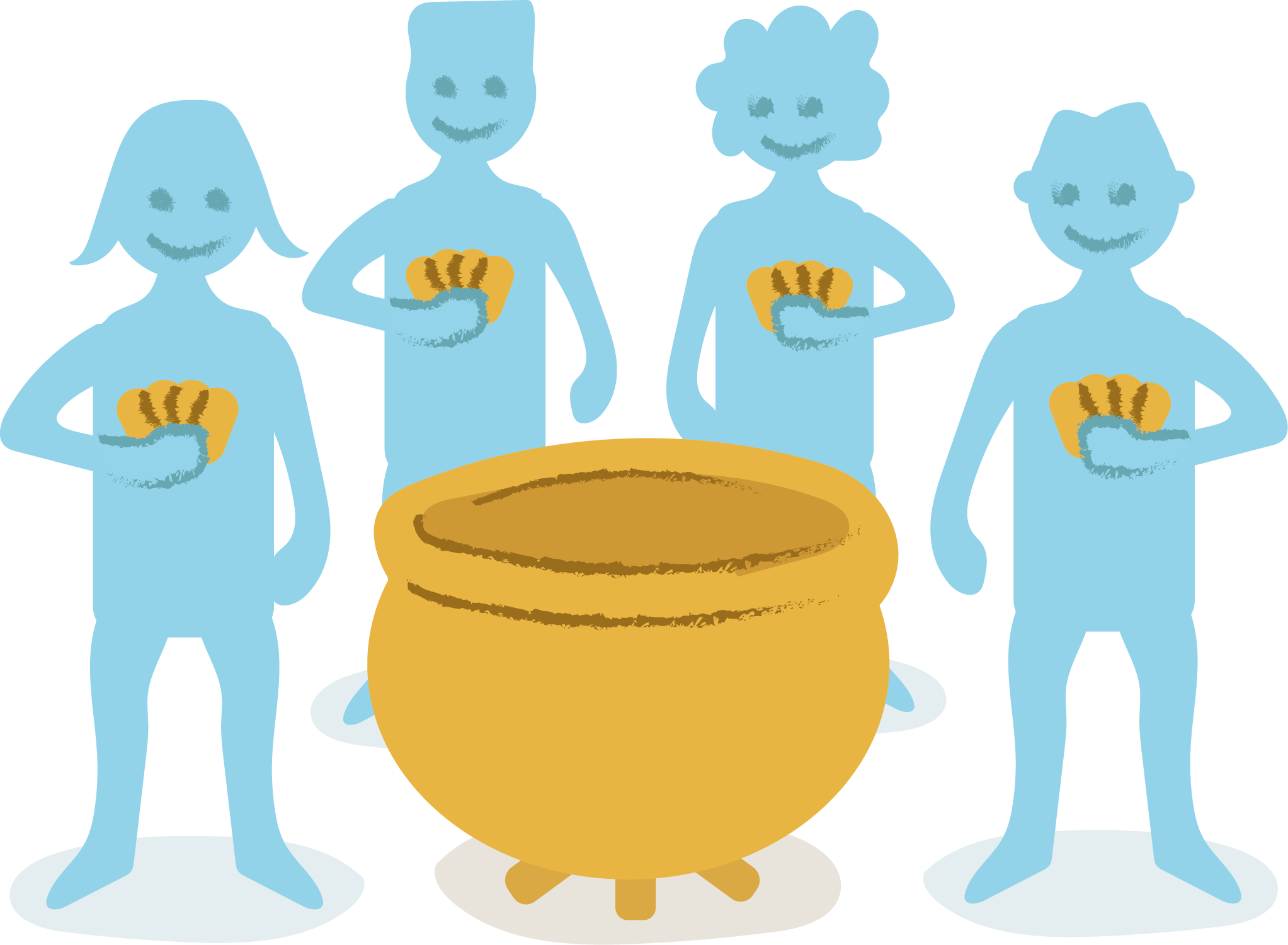
Exploring the Design Principles for Cooperation
Students explore the principles that allow groups to work together and achieve common goals, applying them to the groups that they are a part of or care about.
Students are introduced to a behavioral experiment that explores the effects of images of eyes on human social behavior in a real world shared resource situation.
Students predict the outcomes of the experiment, reflect on people’s motivations to behave in certain ways with the help of a payoff matrix, and explain observed results by integrating a variety of causes.
The intervention in this experiment is an example of so-called nudges – ways to change the environment to induce humans to behave in a way that is better for them and society. Students discuss the ethics and effectiveness of such an intervention.
Author: Susan Hanisch

Students explore the principles that allow groups to work together and achieve common goals, applying them to the groups that they are a part of or care about.

Students reflect on the causes and consequences of human behaviors in situations of social interactions, and are introduced to the payoff matrix as a helpful tool to represent motivations and outcomes of behaviors.

This model lets us explore how the appearance of certain social behaviors can affect evolutionary population dynamics.

With these teaching materials, students can be introduced to game theory in general, as well as a concrete method, the public goods game. The conditions and rules of the public goods game reflect the challenge of a group to maintain common resources.

A set of behavioral experiments to find out what motivates people to save electricity, exploring the roles of monetary incentives, social norms, appeals to the environment or to citizenship.
OpenEvo is an educational innovation project from the Department of Comparative Cultural Psychology at the Max Planck Institute for Evolutionary Anthropology.
Evolve the future of education with us!